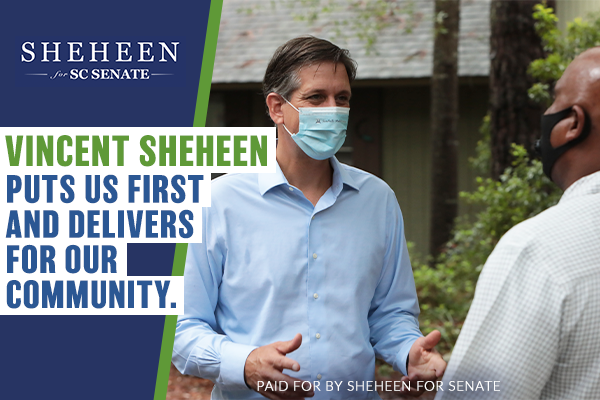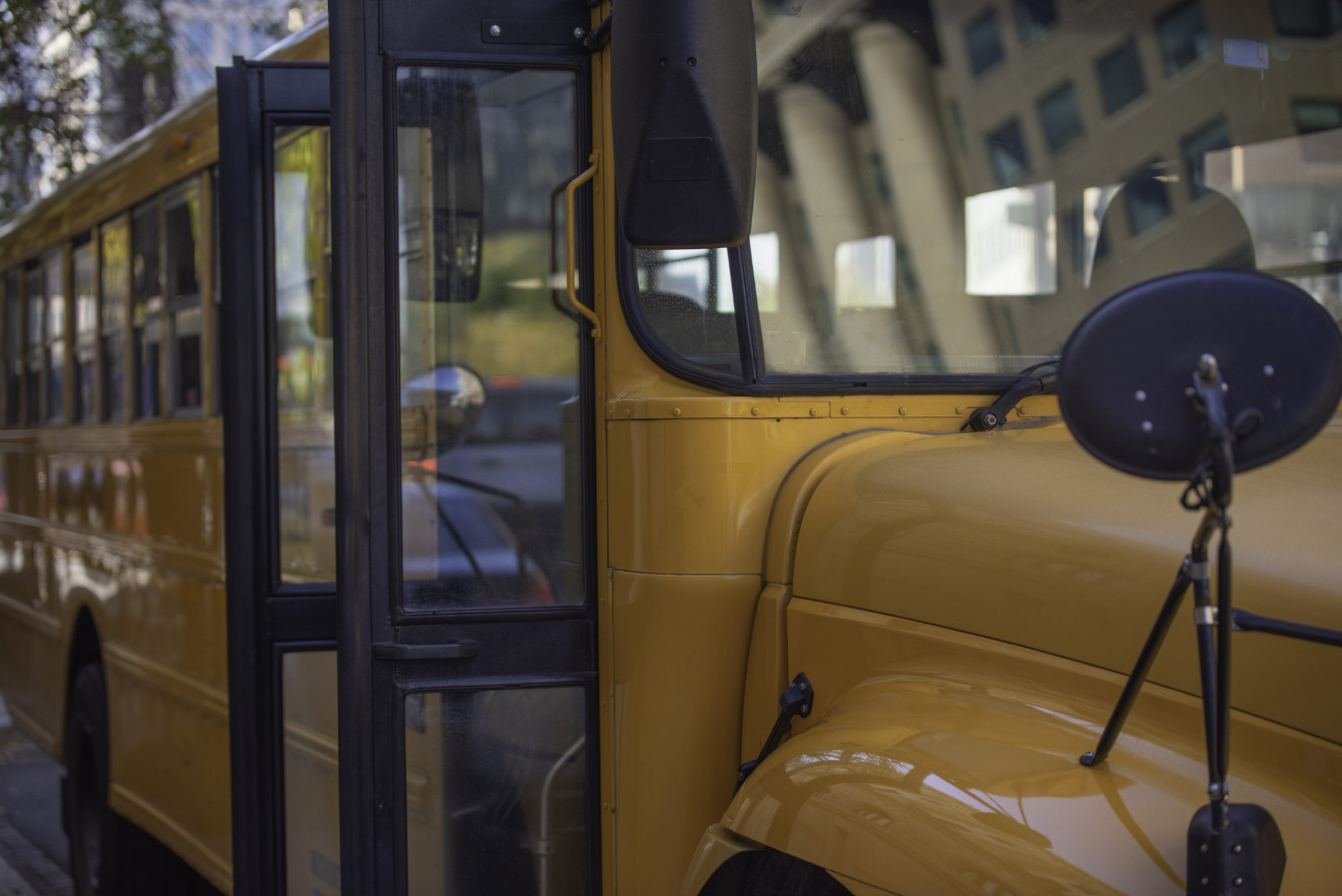South Carolina issued its annual school report cards on Friday, but this year’s so-called exercise in “accountability” lacked something found on previous iterations of this report : Grades.
That’s right … the Palmetto State basically gave every school in the state an “E” for effort in 2020, according to the data released by the S.C. Department of Education (SCDE).
Oh, and this is the second time in the last three years there have been issues with the release of this information – which is based on dumbed-down standardized testing that fails to provide Palmetto State parents with a true apples-to-apples assessment of their government-run system.
Which is … stagnant.
Not to mention utterly resistant to real accountability (a.k.a. the accountability of the marketplace). And yes, by that we are referring to universal school choice … something South Carolina’s “Republican” leaders refuse to embrace (except at the margins).
Anyway … about those report cards …
“The 2019-2020 school year was unlike any other that our state and nation has faced,” state superintendent Molly Spearman said in a statement. “With facilities closed due to the novel coronavirus in March our schools were unable to administer many of the accountability measures that are used for the basis of our annual report cards. Instead, these report cards highlight those aspects of our education system such as safety, finance, and classroom environment that are equally important.”
In fairness to Spearman, the lockdowns associated with the coronavirus pandemic clearly created a situation in which these measurements were not going to be taken.
South Carolina’s schools shut down on March 16, 2020 in response to the pandemic – and remained closed through the end of the school year. Most districts reopened for the fall – although not all of them have allowed for in-person instruction, putting a huge strain on parents.
And by extension, the state’s economy …
Less than two weeks after the shutdown, the SCDE received a waiver from the U.S Department of Education (USDE) “to waive spring statewide assessments, accountability ratings, and certain reporting requirements.”
“For this reason, the public will not see the typical state assessments results reflected on the 2020 iteration of the report cards,” an SCDE release noted. “Similarly, the descriptive overall ratings of excellent, good, average, below average, and unsatisfactory that are assigned to schools as well as individual report card indicators do not appear on the 2020 reports cards.”
Like we said … no grades.
Frankly, this news outlet believes the “waiver” on these report cards should be made permanent. South Carolina should continue to track graduation rates, obviously, but beyond that we believe superfluous testing that overburdens teachers and students alike serves no one’s interests.
“There is no need for duplicative metrics … nor is there a need for state-level tests that do nothing but cannibalize instructional time,” we noted recently in a post on these grades.
In addition to calling for the elimination of the Palmetto Assessment of State Standards (PASS) examination, this news outlet has also advocated on behalf of disbanding the so-called “accountability” infrastructure that oversees it.
Specifically, we are referring to the S.C. Education Oversight Committee (SCEOC) and the S.C. State Board of Education (SCSBE).
Our argument in defense of these proposals? That graduation rates, the National Assessment of Educational Progress (NAEP), the exam formerly known as the Scholastic Assessment Test (SAT) and the exam formerly known as the American College Test (ACT) provide us with more than enough metrics to gauge academic achievement in South Carolina.
Or rather the lack thereof …
Each year, the same charade takes place: Politicians proclaim their support for school choice, but then reject modest choice expansions as they pump billions of dollars into a failed “one size fits none” government-run model.
At last count, funding for government-run schools in the Palmetto State stood at a record $14,227 per pupil per year ($11.2 billion total) – not counting thousands more in local borrowing. Meanwhile, at last count local government run schools were hoarding an estimated $1.53 billion in unrestricted cash reserves – a number that soared by nearly $200 million from the previous fiscal year.
But this system needed hundred of millions of dollars in coronavirus stimulus funding?
At a time when its doors were closed?
Please …
-FITSNews
***
WANNA SOUND OFF?
Got something you’d like to say in response to one of our articles? Or an issue you’d like to address proactively? We have an open microphone policy! Submit your letter to the editor (or guest column) via email HERE. Got a tip for a story? CLICK HERE. Got a technical question or a glitch to report? CLICK HERE.
(VIA: GETTY IMAGES)
(SPONSORED CONTENT – STORY CONTINUES BELOW)


